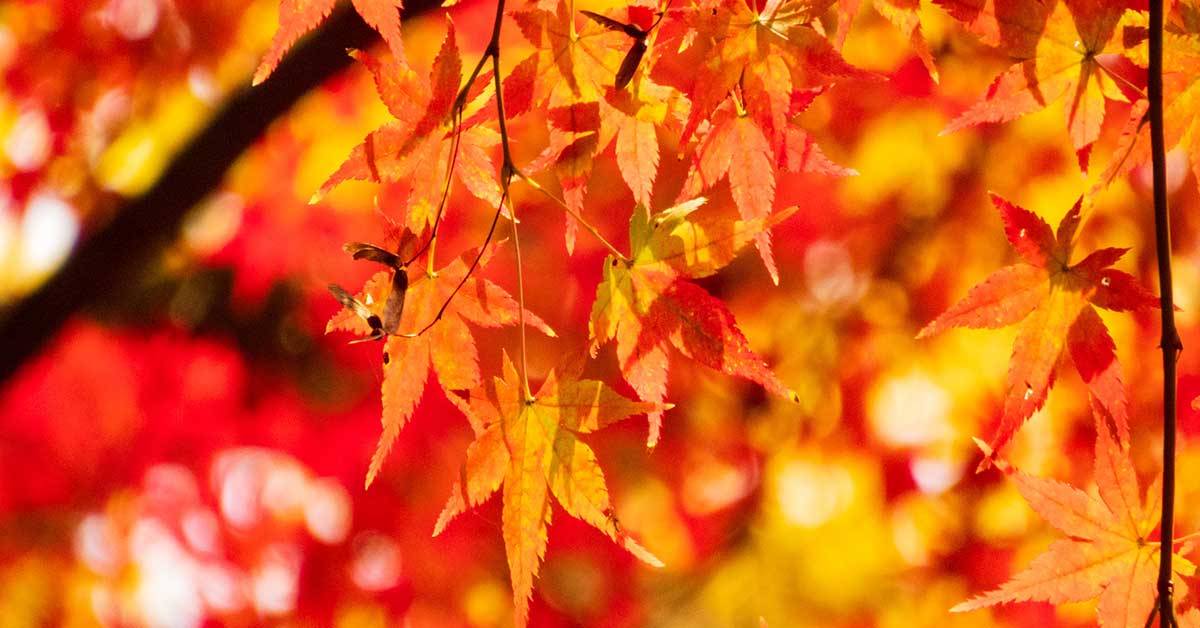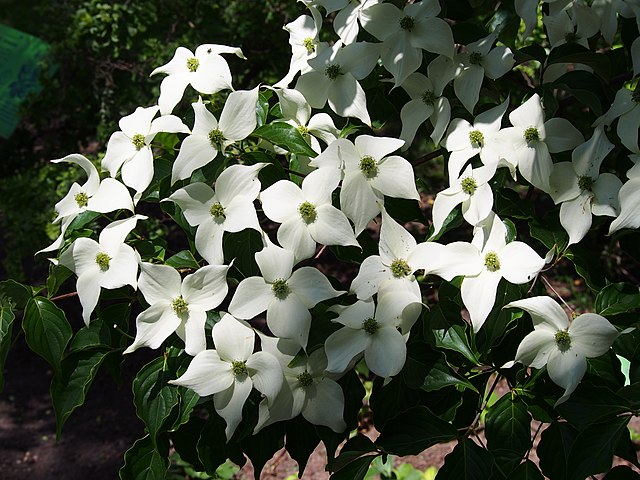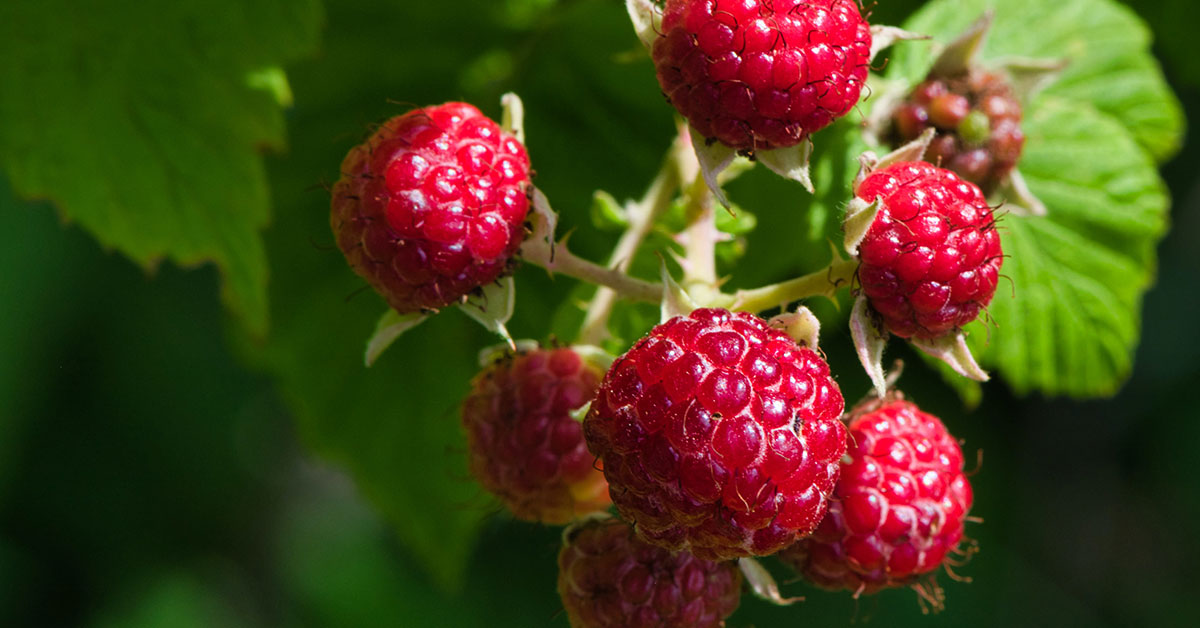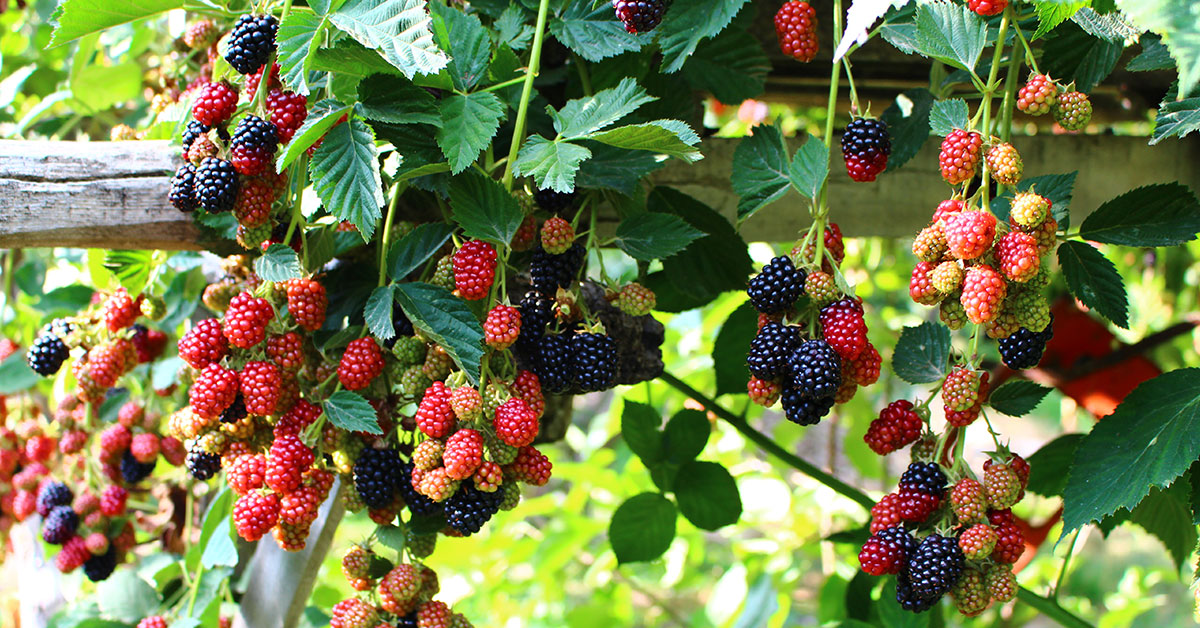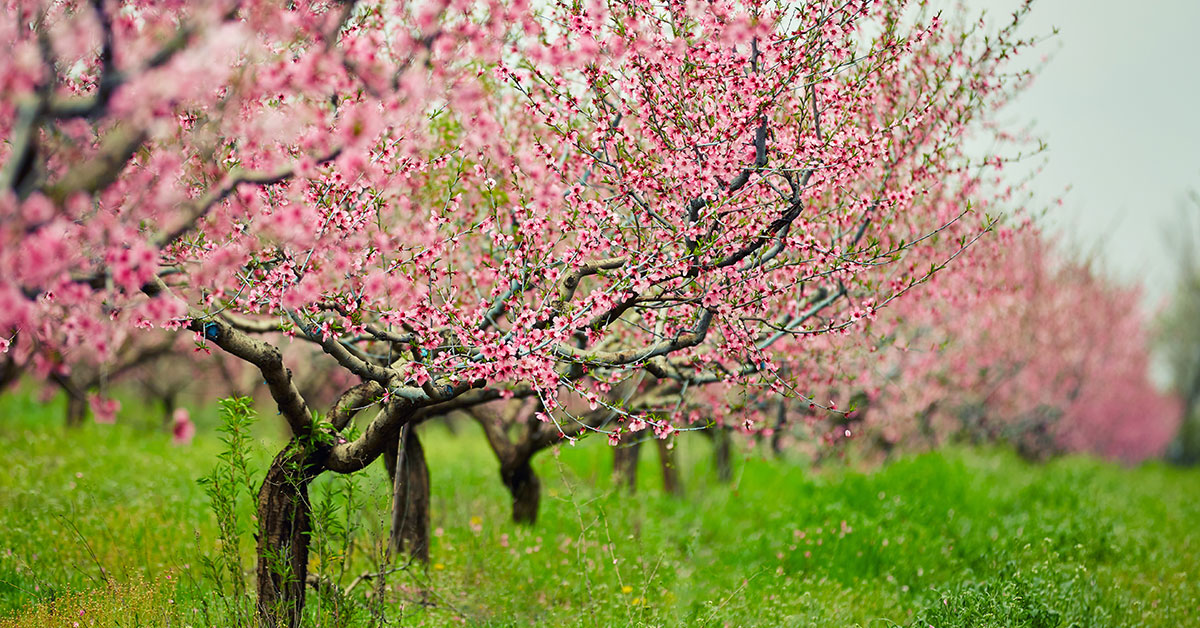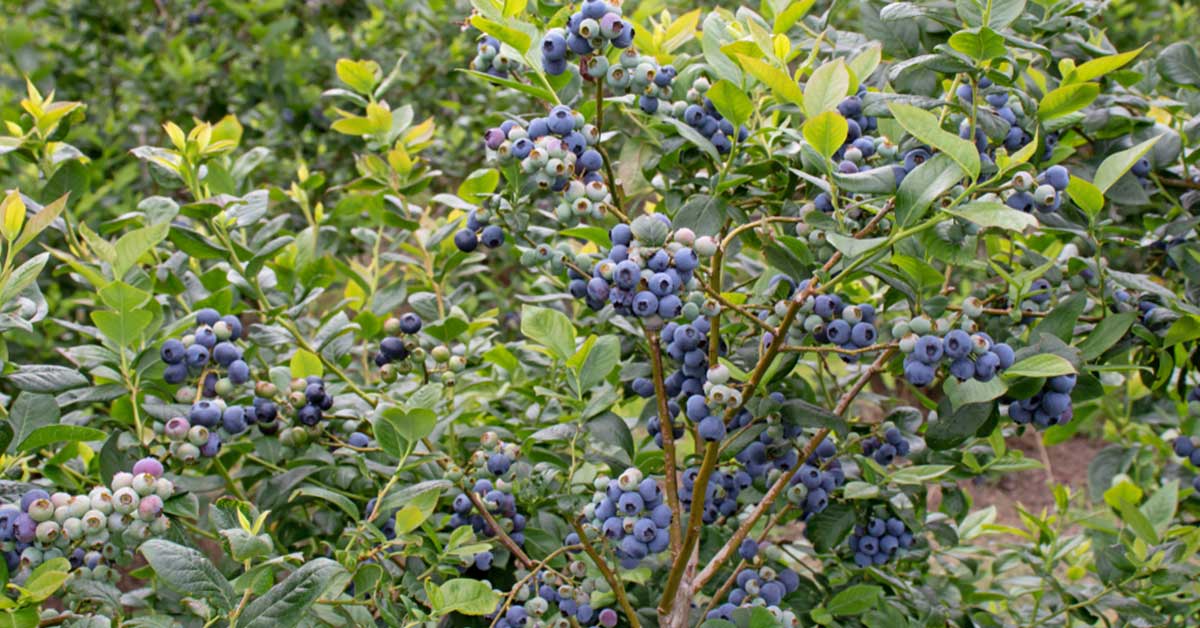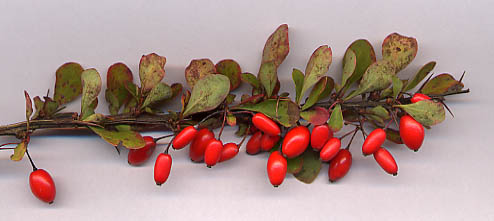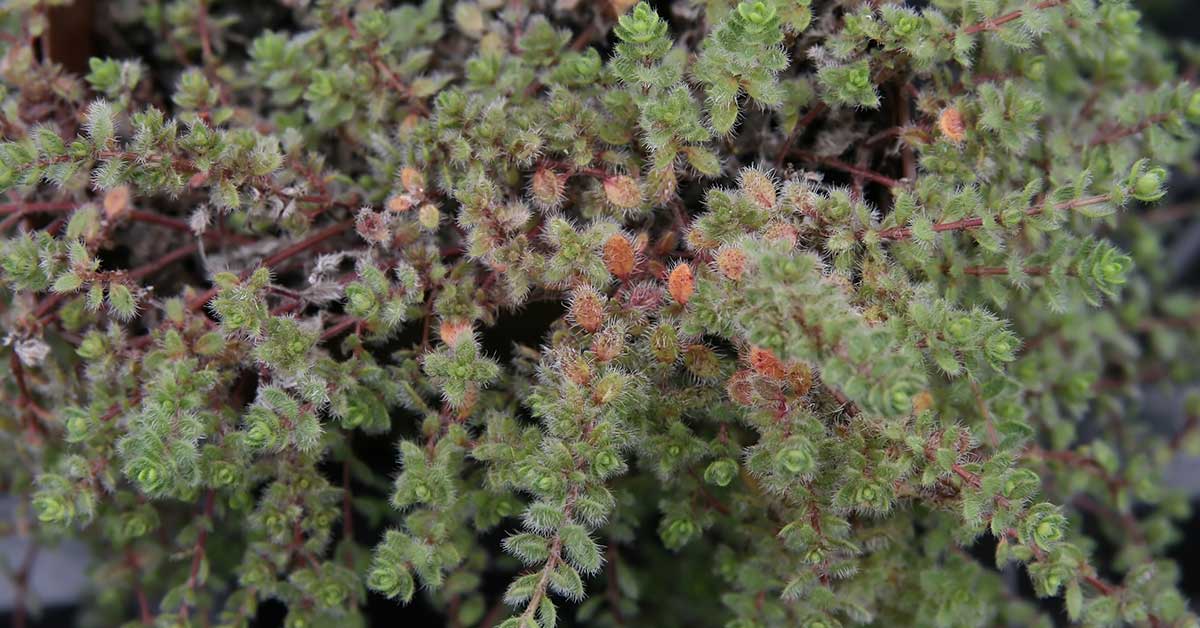There’s something so magical about the golden hues of fall, don’t you think? As the season changes, the world seems to glow with brilliant yellows, making any landscape look like a painting come to life. If you’re dreaming of a garden that dazzles with gold, then adding trees with yellow fall foliage is the way to go! I know it can feel overwhelming to pick just the right trees, especially when you want that perfect shade of yellow, but don’t worry—I’ve got you covered. Let’s explore some of the best trees that bring that sought-after golden glow to your garden in the fall.
These twelve trees are my favorites for creating a striking autumn display. They each have their unique qualities, from their shapes and sizes to their native habitats and wildlife benefits. Whether you have a small garden or a sprawling yard, there’s a tree on this list that will fit perfectly into your space and reward you with stunning color year after year. Let’s dive into these beauties and discover how they can transform your garden this fall!
Ginkgo (Ginkgo biloba)

Ginkgo, often called the “maidenhair tree,” is a standout for its fan-shaped leaves that turn a brilliant, buttery yellow in the fall. Native to China, this ancient tree species dates back millions of years and brings a unique touch of history to your garden. One of my favorite things about Ginkgo trees is that they drop their leaves all at once, creating a stunning golden carpet beneath them! They’re perfect if you’re looking for a tree that provides both beauty and a bit of a dramatic statement.
Ginkgos are not considered invasive, and they’re quite adaptable to various soil types and conditions, including urban settings where air pollution can be a problem for other trees. While they don’t provide much in terms of food for wildlife, their dense canopies can offer a good cover for birds and small mammals. They’re also relatively low-maintenance and can withstand drought and pests, which makes them an easy choice for gardeners who want a low-effort tree with high visual impact.
American Sweetgum (Liquidambar styraciflua)

The American Sweetgum is a versatile tree that shows off a brilliant mix of gold, orange, and even hints of red during the fall. Native to the southeastern United States, Sweetgum trees are known for their star-shaped leaves and distinctive, spiky seed pods. I love how each leaf can have its unique color palette, creating a patchwork of warm hues that brightens up the garden! They grow well in a variety of conditions, from moist, well-drained soils to drier, more challenging spots.
In addition to their stunning fall foliage, Sweetgums provide excellent wildlife value. Their seeds are a food source for birds like goldfinches and sparrows, while their sturdy branches make great nesting sites. This tree is not considered invasive, although its seed pods can be a bit messy, so it’s best planted away from patios or driveways. If you’re looking for a tall, stately tree that adds both beauty and wildlife support to your garden, the American Sweetgum is a fantastic option!
Quaking Aspen (Populus tremuloides)

Quaking Aspen is one of those trees that seems to shimmer in the breeze, especially in the fall when its leaves turn a vibrant golden yellow. Native to North America, this tree is often found in clusters, which makes for a stunning visual display when the leaves start to change. One of the things I adore about Aspens is how their flat leaves catch the light and dance in the wind, giving them their characteristic “quaking” appearance. It’s almost like they’re alive with color!
Quaking Aspens are not considered invasive, but they do tend to spread by root suckers, so be prepared for a small grove to develop over time. This spreading habit makes them ideal for creating a naturalistic look or filling a larger area with gorgeous fall color. They’re also important for wildlife, providing food and shelter for deer, beavers, and numerous bird species. They thrive best in full sun and well-drained soil, and they’re relatively cold-hardy, making them a great choice for cooler climates.
Black Tupelo (Nyssa sylvatica)

Black Tupelo, or Black Gum, is a fantastic tree if you’re looking for a spectrum of colors in fall, from bright yellow to deep red. Native to the eastern United States, this tree is known for its glossy, dark green leaves that transform into a kaleidoscope of color as the weather cools. I find Black Tupelo particularly enchanting because each leaf seems to take on its own shade, creating a vibrant mix that can rival any maple. It’s like having multiple fall trees in one!
This tree is also a powerhouse for supporting wildlife. The berries that appear in late summer are a vital food source for birds like robins and thrushes, while the tree itself provides excellent nesting sites. Black Tupelo is not invasive and does well in a range of soil conditions, from moist to well-drained. It prefers full sun to partial shade, making it quite versatile. If you’re looking for a tree that provides both spectacular fall color and habitat for wildlife, the Black Tupelo is an excellent choice.
Goldenrain Tree (Koelreuteria paniculata)

The Goldenrain Tree is a true gem for those seeking brilliant yellow fall foliage. Native to East Asia, this medium-sized tree produces clusters of bright yellow flowers in the summer, which are followed by papery seed pods that resemble tiny Chinese lanterns. When fall arrives, the leaves turn a striking shade of yellow, creating a cascade of golden color. I absolutely love the combination of the yellow leaves with the remnants of the seed pods—it adds such a unique texture to the landscape!
Goldenrain Trees are not considered invasive in most areas, and they’re relatively low-maintenance, thriving in full sun and well-drained soils. They are also quite tolerant of urban pollution, which makes them a great option for city gardens. While they don’t offer much in the way of food for wildlife, their dense canopies can provide shelter and nesting sites for smaller birds. This tree is perfect if you want something a bit unusual that still provides a classic splash of fall color.
Katsura Tree (Cercidiphyllum japonicum)

The Katsura Tree is a lovely addition to any garden, especially in the fall when its heart-shaped leaves turn a beautiful golden-yellow. Native to Japan and China, this tree is beloved for its soft, rounded form and its distinctive autumn scent, which is often compared to caramel or cotton candy! I think the Katsura is perfect for those who want a multi-sensory experience in their garden—it’s not just a feast for the eyes but for the nose as well.
Katsura Trees are not invasive, and they do best in well-drained, slightly acidic soils with plenty of moisture. They are relatively easy to care for, although they benefit from regular watering during dry spells. These trees can also provide a bit of habitat for birds and small mammals, who use the branches for cover and perching. If you’re looking for a tree that combines unique characteristics with stunning fall color, the Katsura Tree is definitely worth considering.
Honeylocust (Gleditsia triacanthos)

Honeylocust is another fantastic choice if you want a tree that turns a lovely golden-yellow in fall. Native to central North America, this tree is known for its fern-like, compound leaves that create a light, airy canopy. When autumn arrives, these leaves turn a brilliant yellow, creating a dappled sunlight effect that brightens up any landscape. I love how Honeylocust trees let just the right amount of light through, allowing for a lush, layered look beneath their canopies.
Honeylocust is not considered invasive, and it’s incredibly adaptable, tolerating a wide range of soils and conditions, from urban pollution to drought. This tree is also quite valuable for wildlife; its pods provide food for squirrels, deer, and other animals, while its branches offer perching and nesting sites for birds. If you want a tree that offers both beauty and versatility, Honeylocust should be at the top of your list!
Yellowwood (Cladrastis kentukea)

Yellowwood is a wonderful tree that truly lives up to its name with its golden-yellow fall foliage. Native to the southeastern United States, this medium-sized tree is prized for its fragrant, white flowers in spring and its stunning fall display. One of my favorite things about Yellowwood is its smooth, gray bark that stands out against the bright yellow leaves, adding a bit of contrast and texture to the garden.
Yellowwood is not considered invasive and is relatively low-maintenance, thriving in well-drained soils and full sun to partial shade. It’s also quite drought-tolerant once established, making it a great option for areas with less consistent rainfall. This tree can provide nesting sites for birds and shade for smaller plants beneath its canopy. If you’re looking for a tree that combines beauty, fragrance, and fall color, Yellowwood is an excellent choice.
European Beech (Fagus sylvatica)

European Beech is a classic tree with stunning golden-yellow foliage in the fall. Native to Europe, this tree is known for its smooth, gray bark and its dense canopy, which offers excellent shade throughout the growing season. Come autumn, its leaves turn a beautiful yellow, often with hints of orange or bronze, creating a warm and inviting look. I find that European Beech is perfect for adding a touch of elegance to a larger landscape or as a stately specimen tree.
While European Beech is not invasive, it does require a bit of space to thrive, as it can grow quite large. It prefers well-drained, slightly acidic soils and full sun to partial shade. The dense canopy provides shelter for birds, and the nuts (called beechnuts) are a food source for many animals, including squirrels, jays, and even deer. If you want a tree that offers both beauty and wildlife benefits, the European Beech is a fantastic choice.
Witch Hazel (Hamamelis virginiana)

Witch Hazel might be better known for its winter flowers, but in the fall, its leaves turn a brilliant golden-yellow, adding a splash of color to the garden. Native to North America, this small tree or large shrub is perfect for smaller gardens or as part of a mixed border. One of the things I love about Witch Hazel is its multi-season interest—it not only provides fall color but also blooms in late winter or early spring with fragrant, spidery flowers!
Witch Hazel is not considered invasive, and it’s quite easy to grow in a range of conditions, from full sun to partial shade and in most soil types. It’s also a great plant for attracting pollinators, as the late-blooming flowers provide a valuable nectar source when few other plants are in bloom. If you want a tree that offers both autumn beauty and a bit of early-season cheer, Witch Hazel is a wonderful choice!
Tulip Tree (Liriodendron tulipifera)

The Tulip Tree, also known as Yellow Poplar, is a majestic tree that turns a stunning golden-yellow in fall. Native to the eastern United States, this fast-growing tree is named for its tulip-shaped flowers that appear in the spring. However, it’s in the fall that the Tulip Tree truly shines, as its large, lobed leaves turn a bright yellow that lights up the landscape. I always find it exciting to watch this tree transform as the seasons change!
Tulip Trees are not considered invasive, and they grow best in full sun and well-drained soils. They’re relatively low-maintenance once established, though they do benefit from regular watering during dry spells. The flowers provide nectar for bees and other pollinators, while the seeds are a food source for birds and small mammals. If you want a tree that offers both spring blooms and fall color, the Tulip Tree is an excellent choice!
River Birch (Betula nigra)

River Birch is a unique tree that offers not only golden-yellow fall foliage but also beautiful, peeling bark that adds interest throughout the year. Native to the eastern United States, this tree is often found near rivers and wetlands, where it thrives in moist soils. I find the contrast between the bright yellow leaves and the cinnamon-colored bark absolutely stunning—it’s like having a tree that wears a different outfit for every season!
River Birch is not considered invasive and is relatively easy to care for, though it does best in moist, well-drained soils and full sun to partial shade. It’s also a great tree for attracting wildlife; its seeds are a food source for birds, and its branches provide excellent nesting sites. If you’re looking for a tree that offers both visual interest and ecological benefits, the River Birch is a fantastic choice.
Each of these twelve trees offers something special, whether it’s dazzling yellow leaves, interesting bark, or wildlife support. By choosing the right mix, you can create a garden that glows with golden hues throughout the fall. So go ahead and pick your favorites—your garden will thank you with a spectacular show of color!


